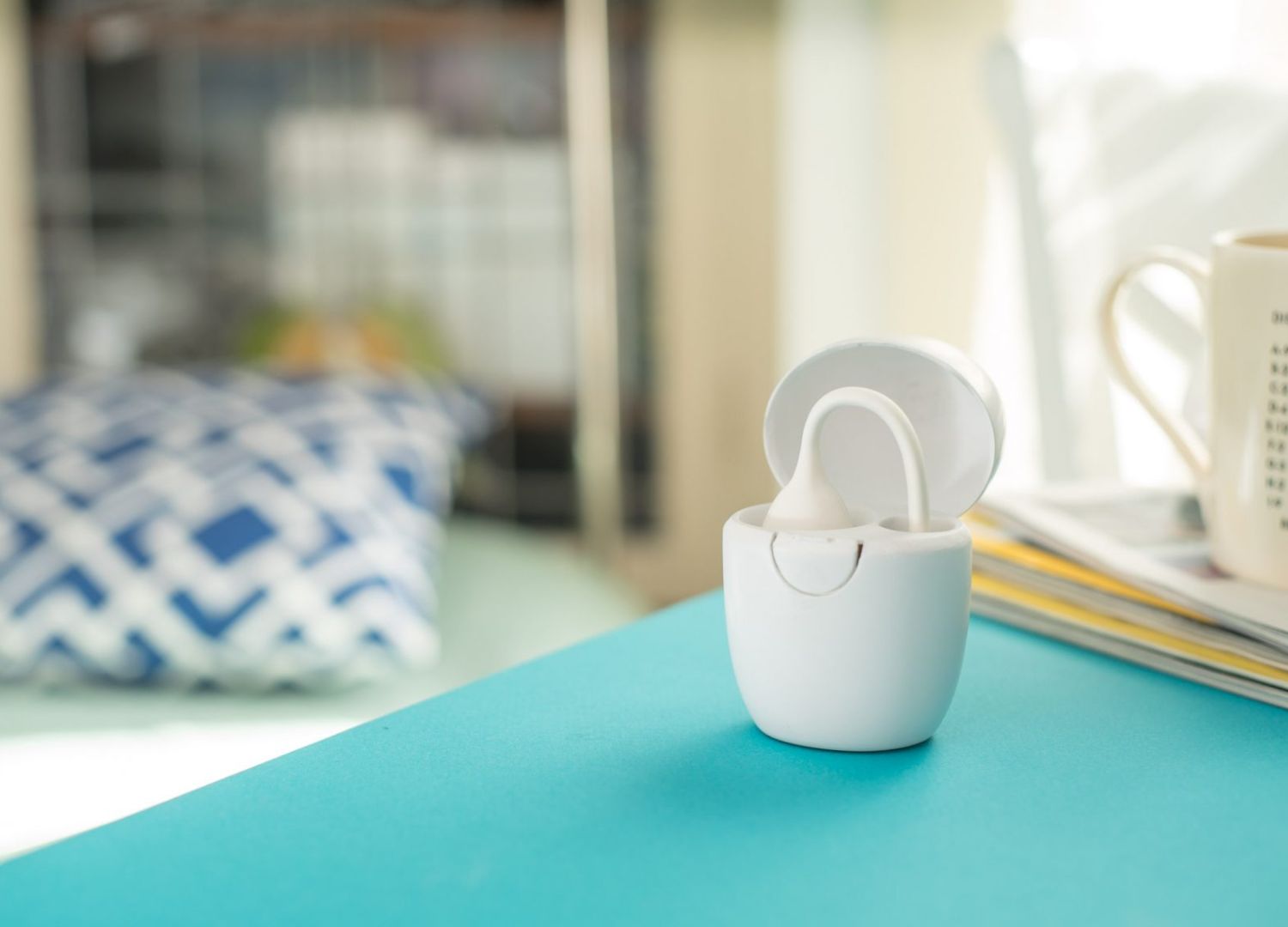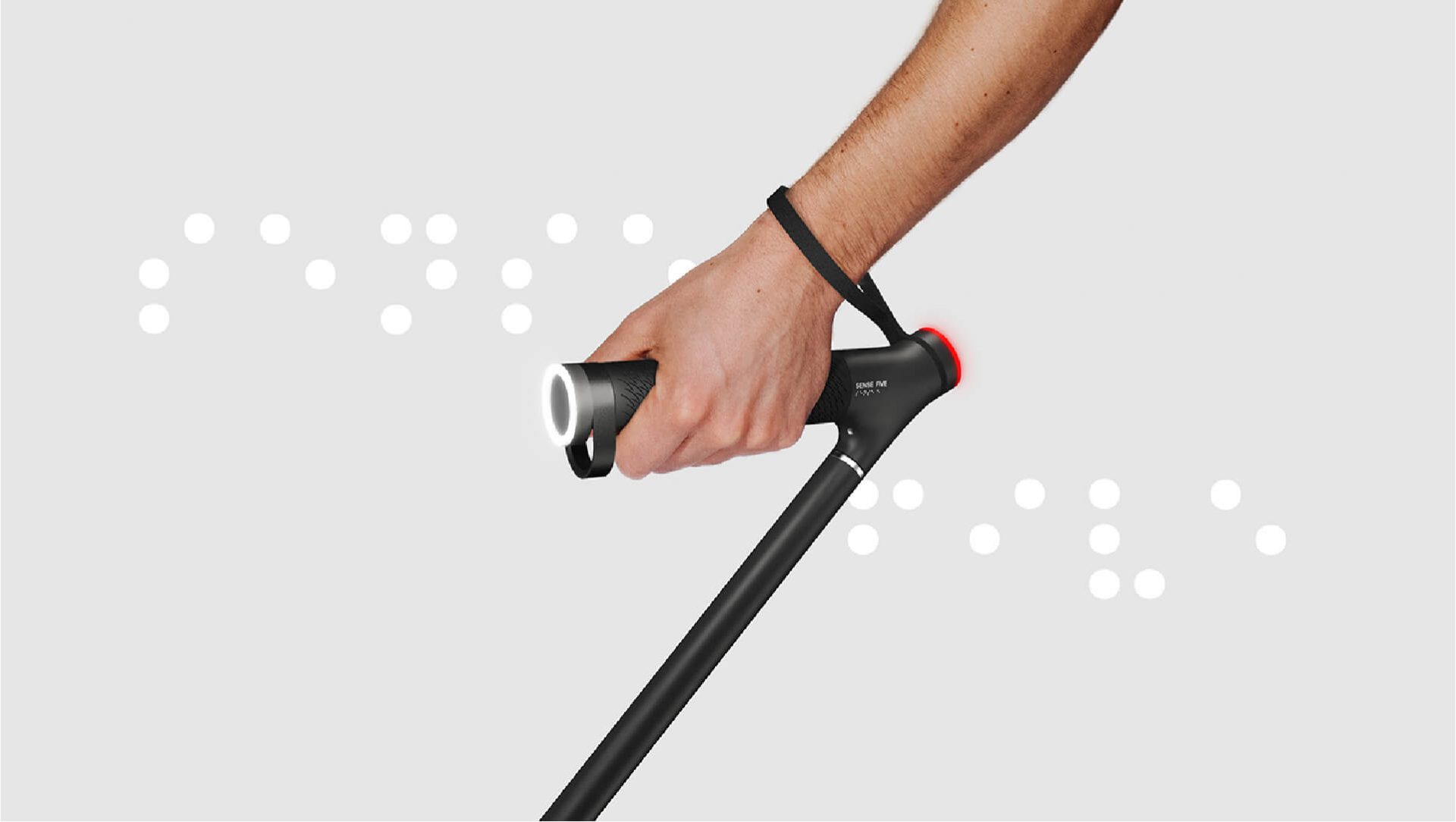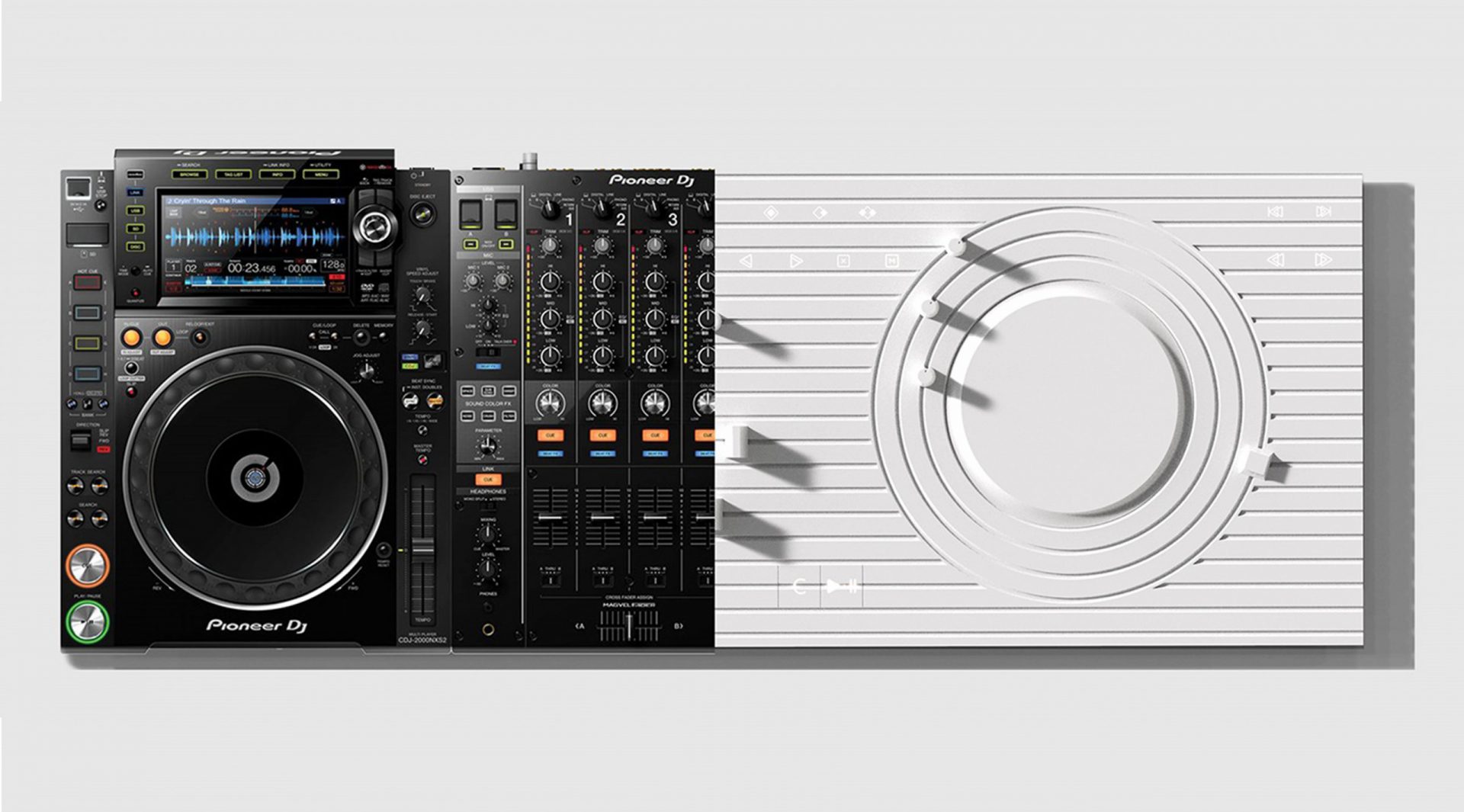Femtech startup launched the kegg fertility tracker to make fertility understood
kegg is a discrete and comfortable fertility tracker that can predict and identify ovulation, while also working as a pelvic floor trainer
At kegg our mantra is “fertility understood”. We believe that women deserve the best technology and experience when it comes to tracking their cycles and managing their fertile window. The femtech market has long been overlooked, but finally, we are seeing movement in the right direction. With these guiding principles and women’s comfort in mind, we created the first easy-to-use modern medical device to help women determine their options with tangible data, the kegg fertility tracker.
Given the solution our product is designed to solve (fertility tracking), we felt it made sense for the design to resemble a very small egg (white oval shape). The egg also refers to ovulation and is embedded within the product name: kegg (the ‘k’ signifies pelvic floor or ‘kegel’ exercises, which strengthen data collection).
When considering the design, we also know we wanted it to be genderless; most feminine care products are pink or have keywords like venus, eva, ava, and we wanted to strongly underline the strength uniting the medical and functional elements. What we created is a beautiful product that is also empowering.

Scott Shwarts, the company’s Chief Technology Officer, perfected the CAD design with kegg’s industrial designer, Ondrej Volko, and our mechanical engineer, Joe Navarro. Scott holds 20+ years of experience in designing functional IoT, and the challenge that he encountered with kegg since inception was that it had to be functional but also very small.
You really have to think about how a woman will use it, and it was my idea to connect fertility tracking with exercising the pelvic floor. The best fertility tracking results rely on the knowledge of cervical fluid, and by definition, it comes from the cervix located in the upper part of the vaginal canal.
We felt the only way to make it natural for users to sense their cervical fluid was to connect the experience to something women are growing more and more familiar with: pelvic floor exercises. Kegel and pelvic floor trainers are among the most commonly sold and used intimate devices, so we applied medical sensing technology into a kegel exercising tool and voila: kegg was born.
We patented this design and as expected it feels very natural to women to use it. The ease of use is one of the most beloved aspects of kegg.
[ Read also The rise of Femtech and gadgets tackling periods, fertility, and pregnancy ]

Making it fit: prototyping and testing
Following the design creation, it was clear that the size of the electronics inside the kegg device was going to be our biggest technical challenge. So many components in a very small package, while ensuring all is waterproof and sealed, yet still able to connect to the electrodes – not an easy feat.
We patented the use of the sensing electrodes also serving as charging contacts. As well, many devices don’t take ‘cleaning’ into consideration and we were extremely vigilant to avoid surfaces/angles that might trap bacteria and still create a waterproof seal.
We have so much gratitude for our investor SOSV (and their accelerator program, HAX), as they let us move to Shenzhen, China, for the prototyping phase. The initial iteration process is more affordable, and more importantly, incredibly efficient. Nevertheless, the production is crucial and we needed a reliable partner, so we began production in Taiwan with Megaforce.
Passing a biocompatibility test and ensuring that women feel comfortable when cleaning the product are two very important parts of the process. One particular element that we spent a lot of time on was the surface finishing – we wanted to give it a soft and smooth design, that would be matte and not sticky. We achieved this thanks to our manufacturing partner MegaForce in Taiwan, who has expertise in medical silicone and associated coatings.

Choosing the right materials
kegg fertility tracker is mostly made of medical-grade silicone, along with gold-plated stainless steel electrodes, thanks to our wonderful manufacturing partner in Taiwan that specializes in silicone and medical devices.
Our product looks like an intimate consumer product, but it is a medical product and is classified as such, just with the feel and edge of a consumer product. The app is also as much a part of kegg as the physical device – this product doesn’t succeed without the harmony of hardware and software working side by side.
Consumer feedback: simple, functional, and usable
As you can tell, we thought a lot about the consumer when designing kegg, and the length of the “tail” on the device was carefully chosen based on early testing and feedback. We had to ensure the size and spacing of the electrodes was carefully designed but also wanted the experience of inserting and removing to feel easy and comfortable.
Women already have to undergo so much when trying to conceive or tracking their fertility (i.e. tracking LH surge or basal body temperature, etc.) – so we set out to design a beautiful user experience that fits a women’s routine instead of disrupting it. It takes only two minutes a day to use kegg and you don’t have to wear it overnight/all day or worry about doing it at a specific time.
Our users love the simplicity and the fact that unlike other medical devices on the market, functionality is as important as usability.

This is how kegg fertility tracker works
kegg is elegantly shaped with an oblong ball on one end and a tail on the other. The ball is inserted into the vagina with the tail sticking out. Users are also prompted to activate their pelvic muscles prior to the fertility reading by doing optional kegel exercises, which can promote natural lubrication and move the fluids downward, making it easier to collect data.
Once inserted, kegg fertility tracker uses impedance technology to measure changes in the electrolyte levels of cervical fluid. It senses when the user’s cervical mucus is changing due to rising estrogen hormone. When there is a switch from estrogen to progesterone, which signals a woman’s fertile window and likely ovulation, the kegg app displays a predictive graph. The reading, in full, takes two minutes to complete and is intended to be completed daily.
[ Read also MysteryVibe taps SeymourPowell to create a next-generation sex toy ]






